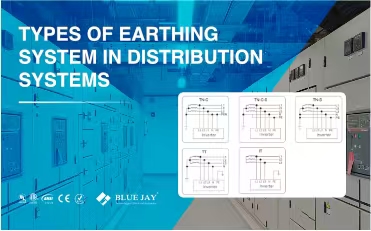
Earthing system type in distribution systems
What is earthing system type IEC 60364 defines three
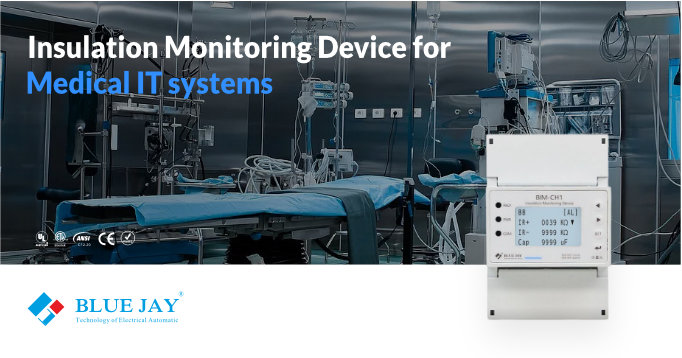
The use of IT systems in hospitals, especially medical IT systems, is mainly to ensure the safety of patients and the continuous power supply of key medical equipment. Medical IT systems are mainly used in operating rooms, ICUs, anesthesia rooms, cardiac catheterization rooms, operating theatres, neonatal care rooms, areas where life support equipment is used, etc.. This article will introduce reasons, core protection devices, and solutions for the medical IT system.
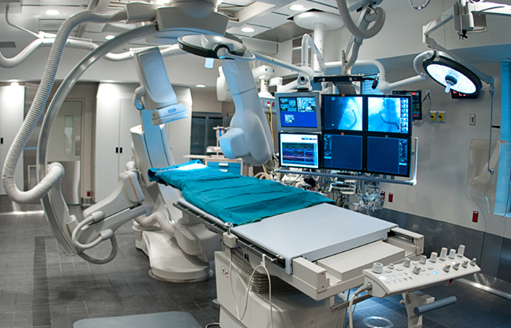
IEC Requirements
IEC mandates the use of medical IT systems in Class 2 areas of medical facilities (such as operating rooms, ICUs, and cardiac catheterization laboratories).
Ensuring Patient Safety
In areas such as operating rooms and ICUs, patients are susceptible to small currents. Medical IT systems can isolate the power supply from the ground through an isolation transformer, ensuring that even if a first ground fault occurs, the current cannot flow through the patient.
Ensuring Power Supply Continuity
During surgery, the life monitor, ventilator, anesthesia machine, and various life support equipment in the ICU must never be interrupted. One of the core advantages of the medical IT system is that it does not immediately cut off the power supply when the first ground fault occurs. The medical IT system will issue an audible and visual alarm through the insulation monitoring device (IMD) to alert medical staff or maintenance personnel that a fault has occurred, but the power supply will continue to ensure that the operation or treatment process is not affected. In addition, the insulation monitoring device can not only monitor the insulation status in real time and issue an alarm, but also cooperate with the insulation fault location system to help users quickly and accurately find the fault point.

Medical IT systems are mainly composed of medical isolation transformers, insulation monitoring devices (IMDs), insulation fault location systems, backup power supplies (UPS/ATS), alarm and indication units, and dedicated distribution boards/cabinets.
Medical Isolation Transformer
Medical isolation transformers can electrically isolate the mains (usually TN or TT systems) from the power supply network of medical sites and have low leakage current protection functions.
Insulation Monitoring Device
The insulation monitoring device can isolate the insulation resistance of the IT system on the secondary side of the transformer to the ground in real time and issue an audible and visual alarm to ensure continuous power supply in critical medical operations.
Insulation Fault Location System (IFLS)
The insulation fault location system is used to locate the branch circuit or equipment where the insulation fault occurs.
Remote Alarm and Display Unit
The remote alarm and indication unit (eg. Alarm annunciator) can use audible and visual forms to remind medical staff or maintenance personnel in the operating room, nurse station or equipment room to discover and respond to insulation faults.
Backup Power System – UPS/ATS
Uninterruptible power supplies or automatic transfer switches can provide backup power for medical equipment when the medical IT system is powered off.
Medical IT Distribution Board/Panel
Dedicated distribution boards/cabinets are distribution boards designed specifically for medical IT systems to install all the above components and safely distribute and protect loads in the medical area.
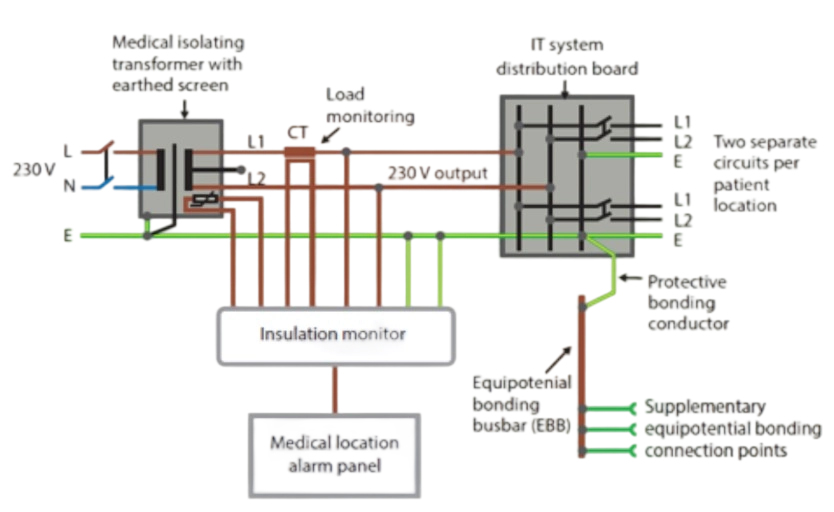
In order to ensure continuous power supply in hospital operating rooms, ICUs and other places, medical IT system insulation monitoring devices play a very important role. Next, we will introduce the protection solution of medical insulation monitoring combined with other core equipment of medical IT systems.
Insulation monitoring for ICU and Operating Room
The core equipment required for this IMD solution includes a medical isolation transformer, DC power supply, insulation monitor, signal generator, insulation fault locator, CT, and alarm. The DC power supply is connected to the external power supply (L, N) to provide stable and reliable DC working power for IMD, insulation fault locator, signal generator, etc. The specific wiring diagram of this solution is as follows:
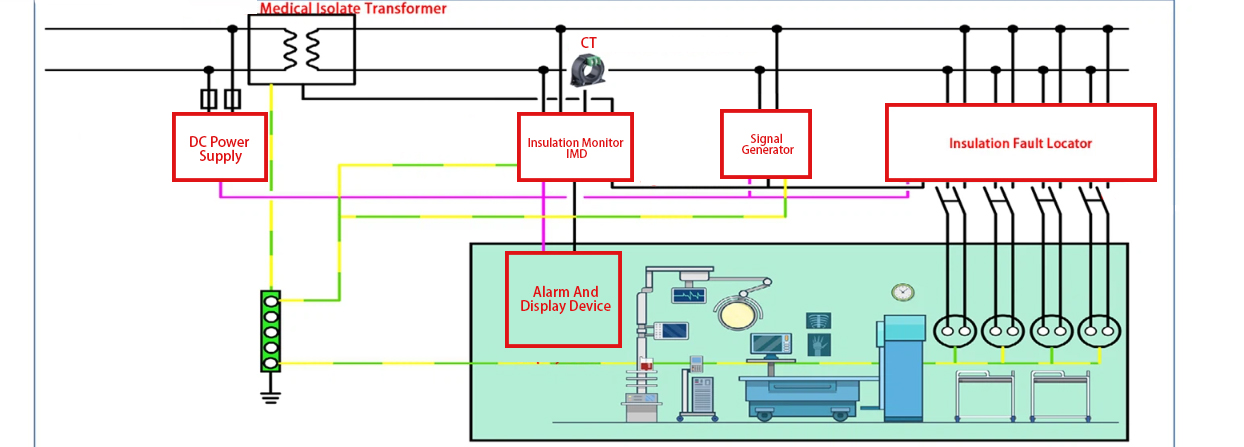
Insulation Monitoring for ICU
The IT system in the ICU may need to
perform multi-circuit and accurate fault monitoring for a single bed area or a group of beds (usually 4-6 beds). Therefore, in the ICU insulation monitoring solution, in addition to installing medical isolation transformers, power modules, IMDs, CTs, and alarms, insulation fault locators must also be installed. The insulation fault locator cooperates with the current transformers on each branch circuit to accurately identify which branch or device has an insulation fault. Finally, the insulation monitoring and fault location information can be remotely transmitted to the computer system of the nurse station via the RS-485. This IMD solution is also available for delivery room, CCU, neonatal ICU, catheterization room, etc.
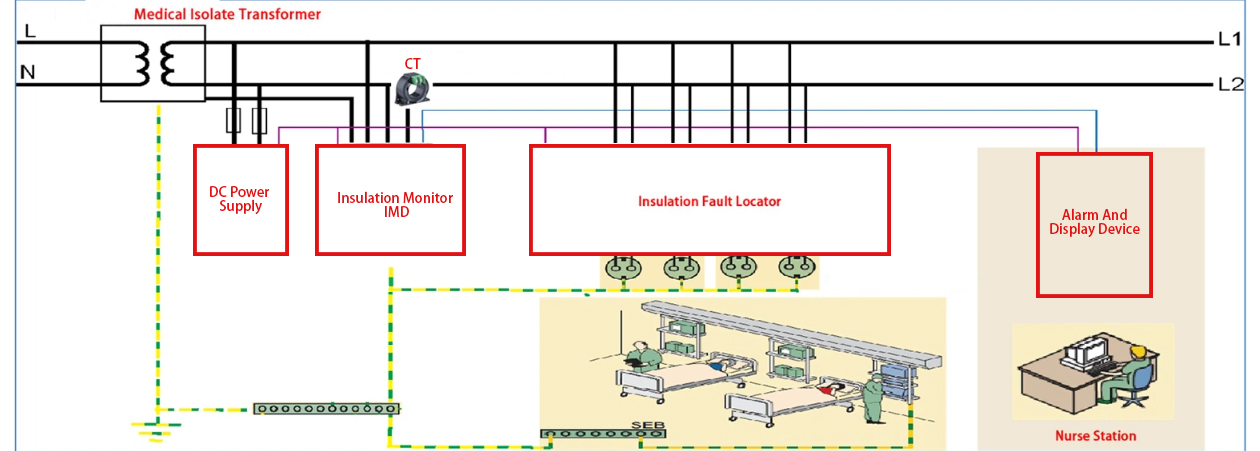
Insulation Monitoring for Operating Room
For the operating room insulation monitoring, there are two different insulation monitoring solutions – one with a DC power module and one without a DC power module.
The insulation monitoring solution without a DC power supply is as follows:
The external power supply (L, N) is isolated from the internal medical equipment power supply network (L1, L2) by a medical isolation transformer, and then the IMD is connected between the secondary side of the isolation transformer (L1, L2) and the ground to monitor the insulation resistance of the entire IT system to the ground in real time. Then install a CT for detecting tiny ground fault currents in each branch circuit of the IT system. The CT is connected to the insulation monitor or a special fault location module to identify the specific circuit where the insulation fault occurs. The alarm annunciator is connected to the insulation monitor through the RS-485 communication bus, and the alarm annunciator is installed in a position that is easily visible to medical staff. When the IMD detects an insulation fault, the alarm annunciator will sound an alarm.
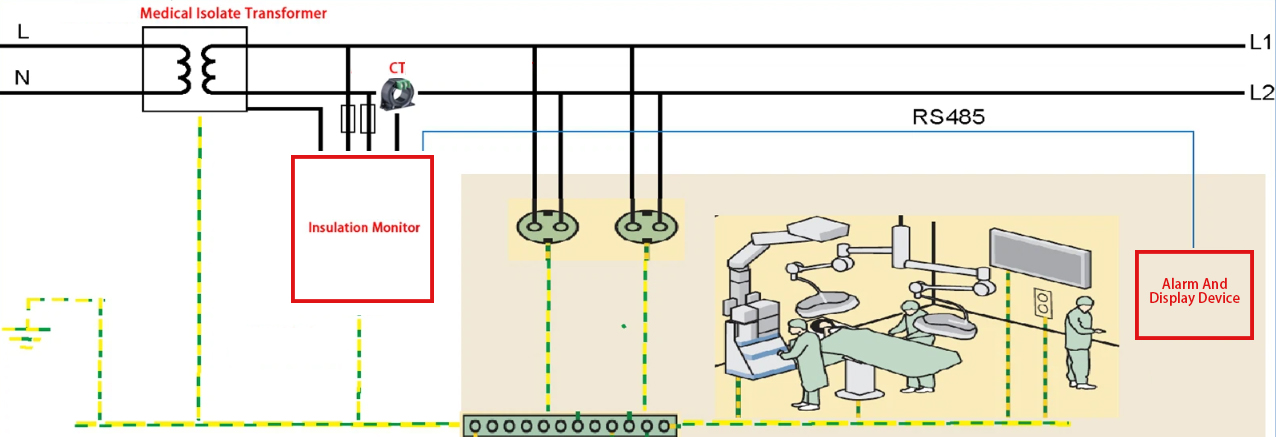
The only difference between the IMD insulation monitoring solution with a DC power supply and the IMD solution without a DC power supply is that a stable DC working power supply is provided for insulation monitoring. During wiring, the DC power module and IMD are connected to the secondary side of the isolation transformer (L1, L2) respectively, and are also connected to the alarm annunciator.
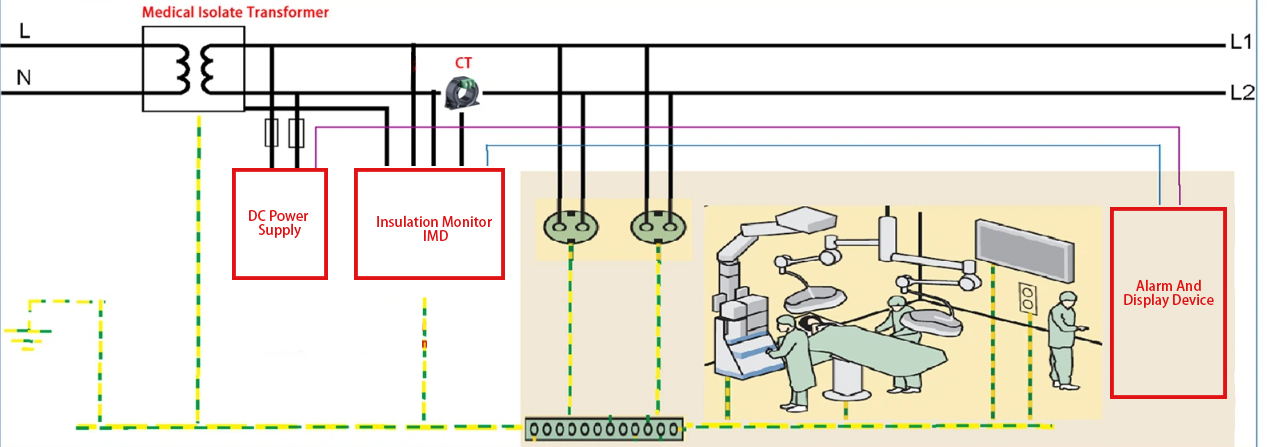
Blue Jay’s BIM-CH1 Insulation Monitoring Device is specifically designed for medical IT systems. It ensures continuous power availability by monitoring insulation resistance in real-time and providing early sound and light alarm signal via flash alarm ALM-CH16 in case of degradation or faults—without cutting power.
In addition to IMD solutions, Blue Jay also provides digital Earth Leakage relay for Type 1 and Type 2 medical locations operating on TN-S systems, such as delivery rooms, dialysis centers, and emergency departments. These devices support multi-channel leakage current monitoring for main feeders or terminal branches and offer configurable alarm thresholds to detect early leakage hazards.
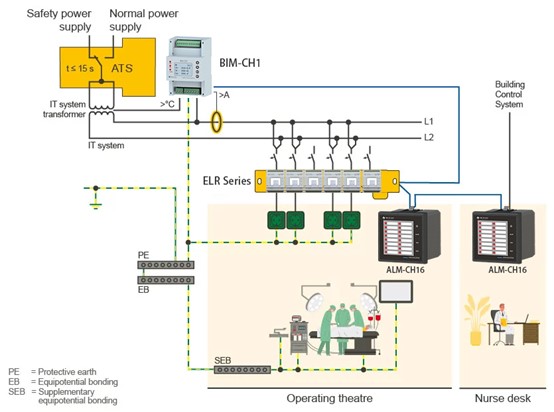
Medical IT systems form the backbone of electrical safety in critical care environments by enabling continuous power supply even under first insulation fault conditions. Through the use of isolation transformers, insulation monitoring devices, and fault location systems, they ensure patient safety, system reliability, and rapid maintenance response in operating theatres, ICUs, and other medically sensitive zones.

What is earthing system type IEC 60364 defines three
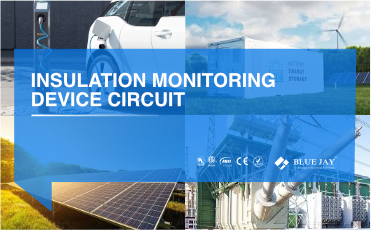
Insulation monitoring device circuit solutions are essential for ensuring
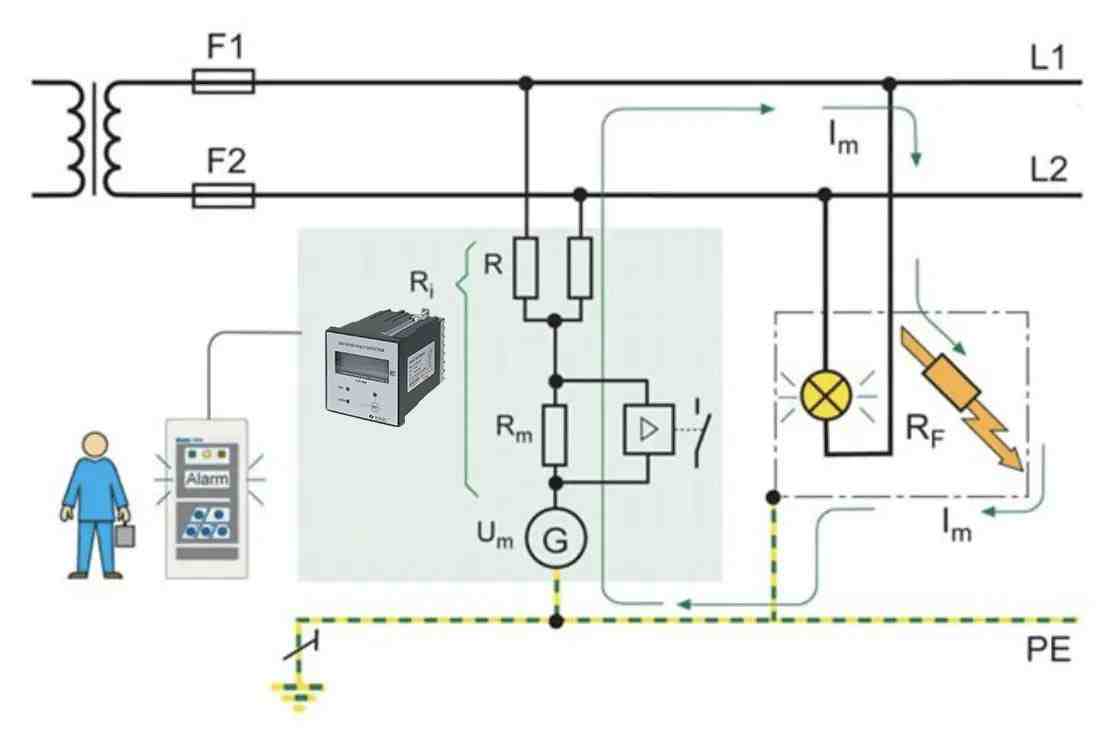
As Insulation resistance is important in electrical equipment, this




